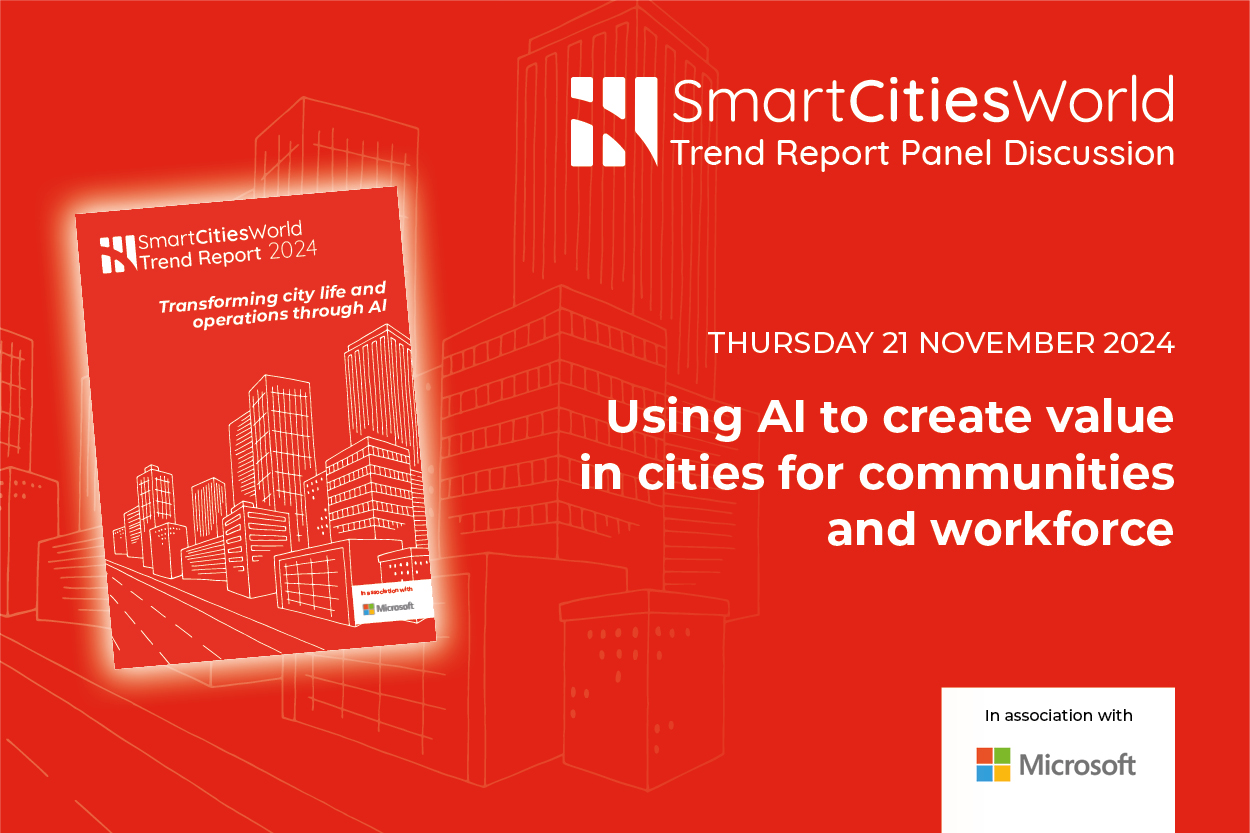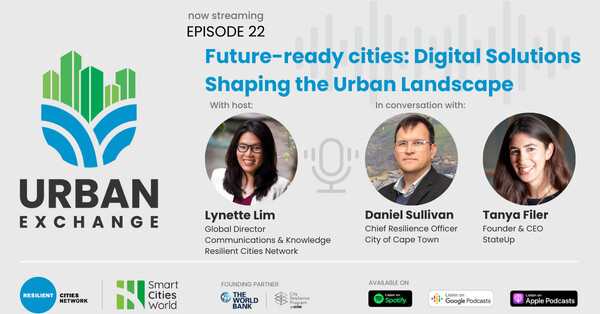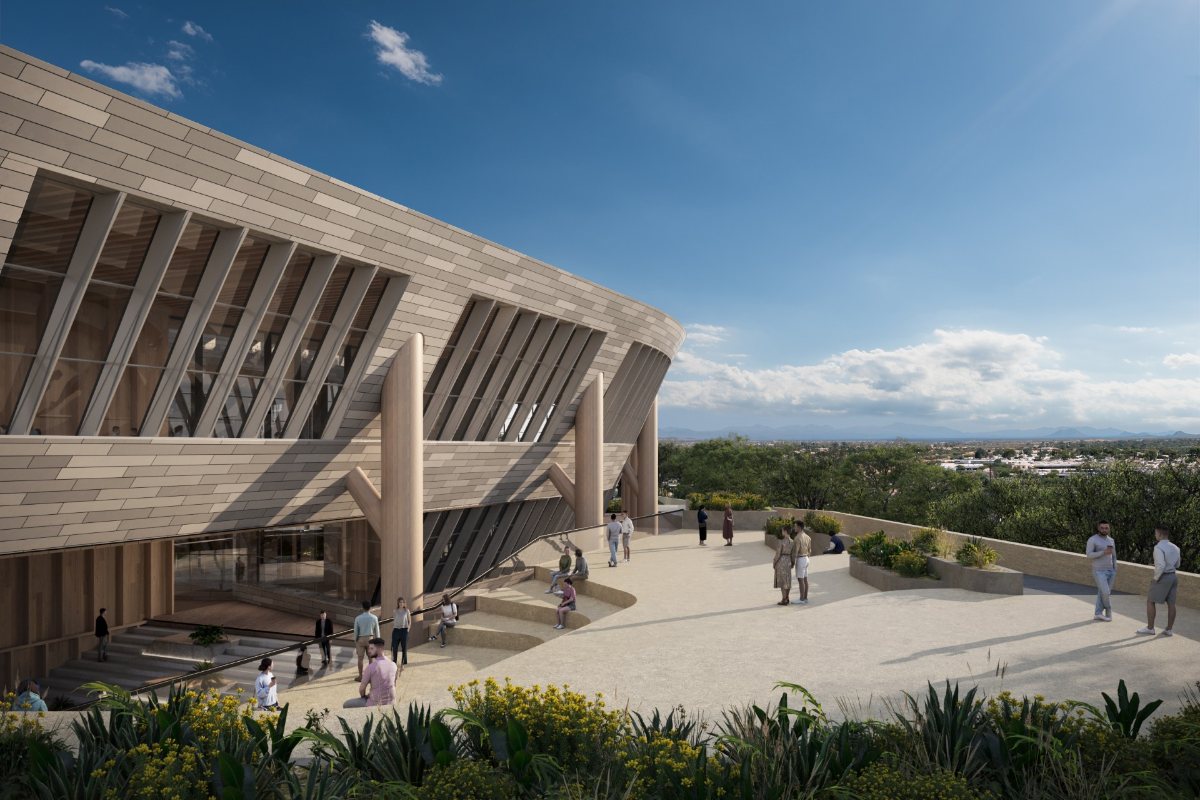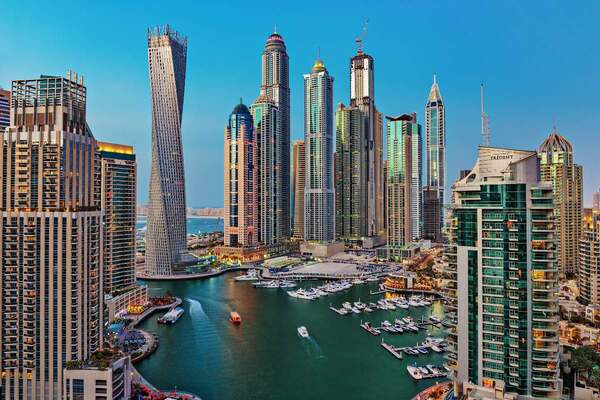Special Reports
SusHi Tech Tokyo 2024: experience ‘Tokyo 2050’ todaySponsored by The SusHi Tech Tokyo 2024 Showcase Program Executive Committee
A vision-driven approach for smart street lighting
Christian Mildner, Sylvania Connected Solutions, explores how smart street lights fit into the vision-driven approach to building smart cities.

Energy-efficient LED street lighting is often seen to be a low-hanging fruit among energy efficiency projects. The energy savings and emission reductions that can be generated by upgrading to LEDs are substantial and paybacks and financial returns for projects are very attractive.
Street lighting upgrades have been implemented in many parts of the world for several years now and most installed LED lights are smart-enabled. However, controls have still not been adopted at scale, even though they offer many opportunities to generate additional energy savings, improve asset management and to support other smart city use cases.
There are many reasons for this and we can’t cover them all here. As an example, though, sometimes the benefits for asset management will not flow through to municipalities because their lights are maintained by the utility. In other cases, street lights are classified as ‘unmetered loads’ and additional energy-savings from dimming and trimming strategies cannot be captured.
Further, there are various issues to be addressed around compliance with standards. Many of these challenges are currently being addressed and worked through by industry stakeholders and it seems solutions are not far away.
Cities as jigsaw puzzles
However, there is still a strong case to invest in street lighting controls now if you consider the role a controls system plays in the broader smart cities ecosystem.
A recent paper published in CSIRO’s data61 by Dr Neil Temperley* suggests that smart cities need a more “vision-driven”, as opposed to “problem-driven”, approach and should, in fact, be looked at as jigsaw puzzles.
Perhaps smart cities need a more “vision-driven”, as opposed to “problem-driven”, approach and should, in fact, be looked at as jigsaw puzzles.
Every project and implementation of a solution places a puzzle piece in its rightful place in the big picture (the vision), even though, for now, many other pieces don’t yet exist.
By contrast, a “problem-driven” approach focuses on technology first and naturally results in fragmentation and walled gardens of solutions that do not communicate with each other.
Applying this approach to street lighting controls – the missing puzzle pieces could be the solutions to the earlier mentioned challenges, e.g. regulatory reform. And they could be other smart applications, which in combination create new and value-adding use cases when lighting is in fact used for its primary purpose: visibility, visual cues, safety and security.
Use cases
For example, imagine the following use cases:
You park your car at the side of the road, the street lights adjacent to the parking spot increase the light levels around you. You feel safe and your car is protected while it is parked out on the street.
Street lights indicate available parking spots, e.g. by changing colour, flashing or by providing other visual signals.
An accident happens on the road at night, the street lights brighten the scene for helpers and provide visual cues to alert other drivers and pedestrians to the danger, e.g. by flashing a few hundred metres before the crash site.
Video analytics from CCTV provide triggers for lighting scenes that deter criminal offenders.
Video analytics from CCTV provide triggers for lighting scenes that deter criminal offenders, e.g. when fights break out at night. This could be through increased light levels or flashing lights, for instance.
Lighting could also be used for crime prevention, e.g. video analytics can identify persons of interest or people loitering. In these cases, the lights can shine brighter to deter people from hanging around and make passers-by feel safer.
Endless combinations
Because street lighting is ubiquitous in urban areas and lighting at night-time is extremely visible, the opportunities to combine controls systems with other applications to create new and innovative use cases is endless.
Street lighting controls, like other smart city applications, should be viewed as a system within a system.
Circling back to the ’vision-driven’ approach and jigsaw puzzle analogy, street lighting controls, like other smart city applications, should be viewed as a system within a system, and only one element in a smart city’s foundation to support a multitude of higher-level goals.
As such, municipalities should always give careful consideration to include a controls system when upgrading their street lights and to address the problems here and now with solutions that contribute to the vision of an ideal integrated future in the longer term.
It’s an opportunity to place another puzzle piece where it rightfully belongs in the big picture.
*Future Cities and Communities by Design - a fresh look at data and future cities, data61 (CSIRO), Dr Neil Temperley, April 2018
You might also like:

















